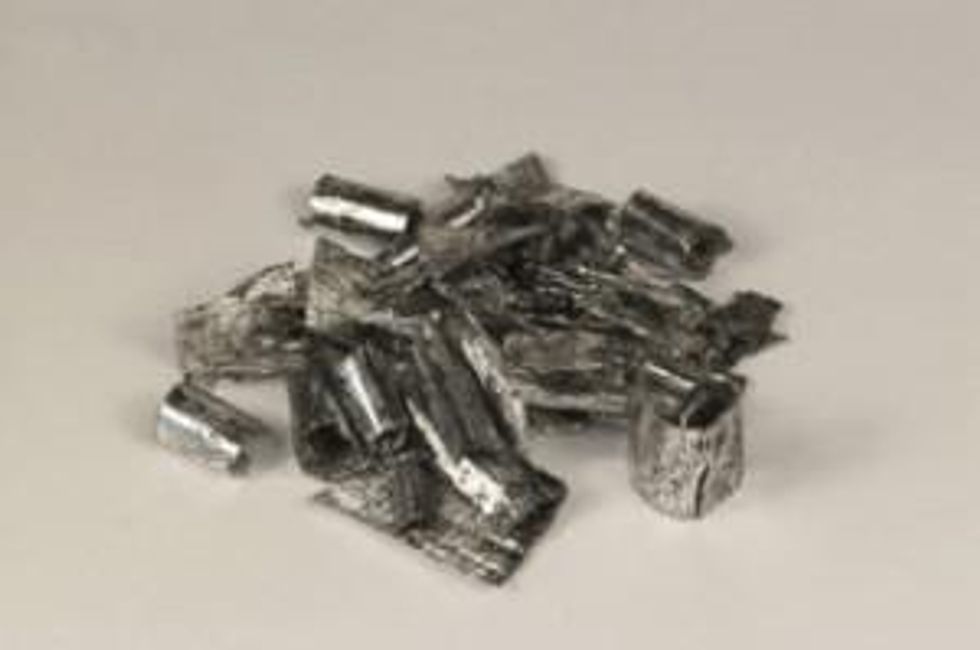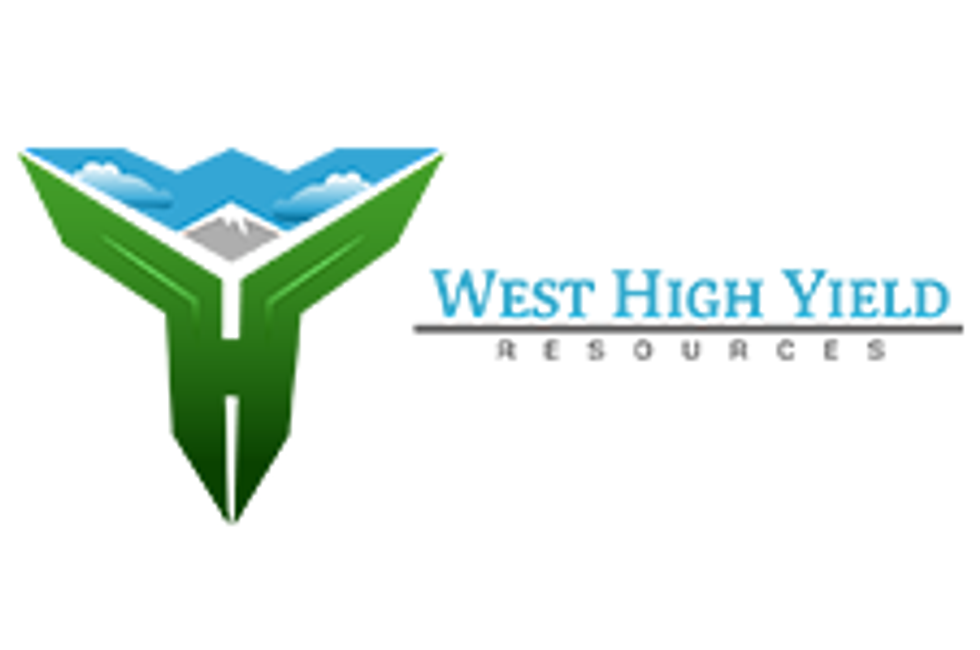- WORLD EDITIONAustraliaNorth AmericaWorld
Investing News NetworkYour trusted source for investing success
Fireweed Metals
Cyclone Metals
Lancaster Resources
Element79 Gold Corp.
- Lithium Outlook
- Oil and Gas Outlook
- Gold Outlook Report
- Uranium Outlook
- Rare Earths Outlook
- All Outlook Reports
- Top Generative AI Stocks
- Top EV Stocks
- Biggest AI Companies
- Biggest Blockchain Stocks
- Biggest Cryptocurrency-mining Stocks
- Biggest Cybersecurity Companies
- Biggest Robotics Companies
- Biggest Social Media Companies
- Biggest Technology ETFs
- Artificial Intellgience ETFs
- Robotics ETFs
- Canadian Cryptocurrency ETFs
- Artificial Intelligence Outlook
- EV Outlook
- Cleantech Outlook
- Crypto Outlook
- Tech Outlook
- All Market Outlook Reports
- Cannabis Weekly Round-Up
- Top Alzheimer's Treatment Stocks
- Top Biotech Stocks
- Top Plant-based Food Stocks
- Biggest Cannabis Stocks
- Biggest Pharma Stocks
- Longevity Stocks to Watch
- Psychedelics Stocks to Watch
- Top Cobalt Stocks
- Small Biotech ETFs to Watch
- Top Life Science ETFs
- Biggest Pharmaceutical ETFs
- Life Science Outlook
- Biotech Outlook
- Cannabis Outlook
- Pharma Outlook
- Psychedelics Outlook
- All Market Outlook Reports
Latrobe’s German Magnesium Extraction Plant Economically Viable
Australia’s Latrobe Magnesium said last week that a concept study shows that its German magnesium extraction project is “economically viable and worthy of further development.”
Bringing some life to the magnesium sector last week was Australia-based Latrobe Magnesium (ASX:LMG), which said a concept study has concluded that its German magnesium extraction project is “economically viable and worthy of further development.”
The study was undertaken following a January 14, 2013 agreement between Latrobe and RWE Power, part of Germany’s RWE Group. Their goal was to determine whether Latrobe’s hydromet process can be used to extract magnesium metal from brown coal fly ash at RWE’s Hambach mine.
As mentioned, thus far it looks like the answer is yes. The new study defines the project as a plant that will produce 40,000 tonnes of magnesium per year, along with around 320,000 tonnes of cementitious material. In 2012, Hambach’s coal content was said to be 1.5 billion tonnes over a project life of 30 years; Latrobe will require only about 33 percent of the mine’s annual output.
In terms of where the magnesium it produces will be going, Latrobe notes on its website that German automobile parts manufacturers “are world leaders in increasing use of magnesium in cars.” However, at the moment, Europe relies on China for the bulk of its 150,000-tonne yearly magnesium requirement. The company’s hope is that its plant will provide a domestic alternative.
Hydromet process
Those not familiar with Latrobe may be wondering what the hydromet process is. The company answers that question on its website, explaining that it involves treating fly ash with chemicals in order to reduce its iron, sulfur and silicon content “to acceptable levels so that the beneficiated material can be used as feedstock in the thermal reduction process.”
In terms of the thermal reduction process, Latrobe notes that it was invented in the 1940s and since then has come to “dominate the world magnesium production.” It consists of five steps — calcination, mixing, briquetting, retorting and casting — and ends with the pressing of a magnesium “crown” from the sleeve in a hydraulic press.
Magnesium recovery rates have been up to 95 percent using beneficiated fly ash, according to the company.
What’s next?
Investors will have to wait until June to find out what Latrobe’s next steps in Germany will be. The company’s chairman will meet at that time with RWE Power executives to decide how to move forward.
That said, news about Latrobe’s other project, an Australian magnesium plant that’s in the works, may be forthcoming. The company said in a quarterly activities report published in December 2013 that it plans to complete a variety of work — including the preparation of a 500-kilogram sample of beneficiated material — there this quarter.
On Friday, shares of Latrobe were selling for $0.006, up from $0.005 prior to the announcement.
Securities Disclosure: I, Charlotte McLeod, hold no direct investment interest in any company mentioned in this article.
Outlook Reports
Featured Critical Metals Stocks
Browse Companies
MARKETS
COMMODITIES
| Commodities | |||
|---|---|---|---|
| Gold | 2344.53 | +0.88 | |
| Silver | 27.94 | +0.01 | |
| Copper | 4.32 | +0.06 | |
| Oil | 85.45 | -0.14 | |
| Heating Oil | 2.68 | +0.02 | |
| Natural Gas | 1.77 | +0.01 | |
Investing News Network websites or approved third-party tools use cookies. Please refer to the cookie policy for collected data, privacy and GDPR compliance. By continuing to browse the site, you agree to our use of cookies.

